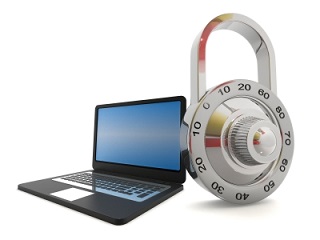But there are also new handicaps in security, since the fact that users can remotely access virtual desktops can suppose a risk to the corporate network. Therefore, it is advisable to take solid security measures for virtual desktops, as strict network protection, single sign-on implementation, or secure backup files.
Learn VDI security best practices in this guide







0 Comments